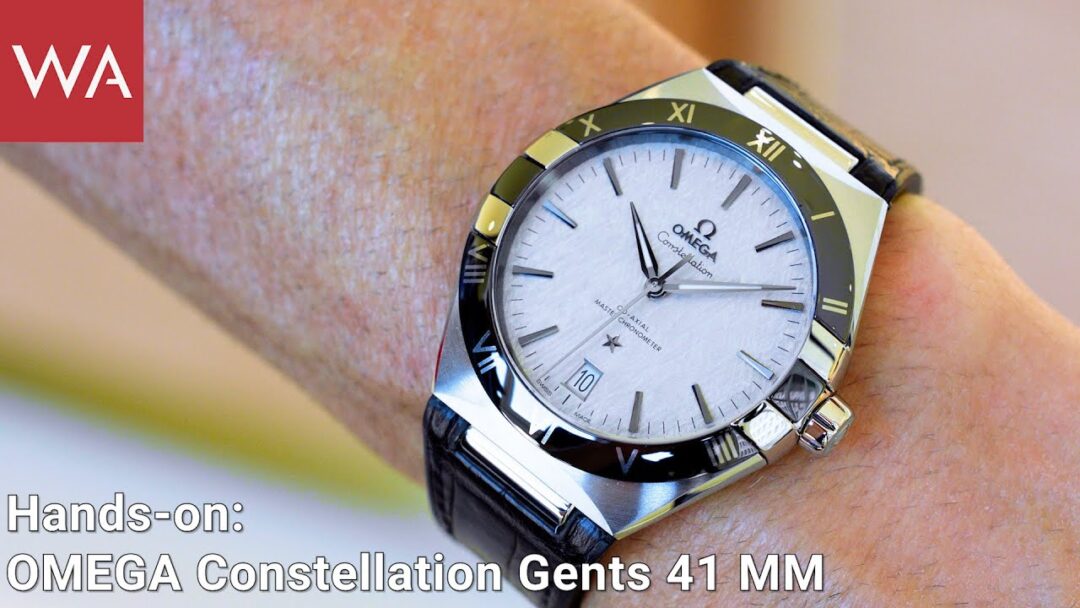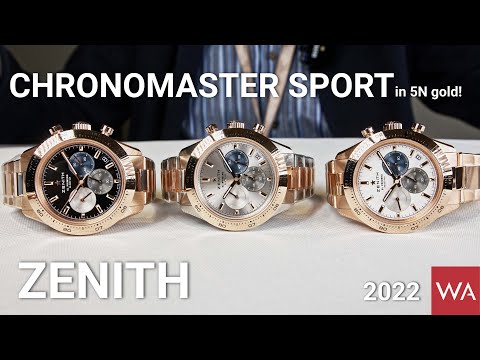In our 4K-video Fred Mandelbaum ( aka @watchfred ), the well known, very much respected Viennese watch collector and historian, narrates the story of the iconic Breitling Navitimer. We will show you all relevant Breitling Navitimer chronographs since 1952, plus lots of historical pictures and also present you the newest member of the family: The Breitling Cosmonaute 2022.
If you have questions… please post them in the comment section. Either Fred or I will answer you.
Everything started when Willy Breitling in 1952 developed a wrist-worn instrument that would allow pilots to perform all necessary flight calculations. The name “Navitimer” was derived from a combination of navigation and timer.
The Navitimer grew up alongside the burgeoning civil aviation industry. Beloved by airline captains and aircraft enthusiasts, it even made its way into space on the wrist of astronaut Scott Carpenter in 1962 as a 24-hour timepiece to tell day from night. And it wasn’t only pilots drawn to the watch’s irrepressible aesthetic.
Willy Breitling’s design was an innovative wrist-worn instrument that would enable pilots to perform such forward-thinking flight calculations as average speed, distance traveled, fuel consumption, and rate of climb. This early answer to the onboard computer was achieved by incorporating Breitling’s patented circular slide rule onto the watch’s rotating bezel. When it launched to AOPA members in 1954, the watch was an instant success.
This very first Navitimer, “completely designed and engineered to AOPA specifications,” did not include Breitling’s name or logo anywhere on the dial. Instead, it was the AOPA logo that featured prominently at 12 o’clock.
The very first Breitling Navitimer was produced in small quantities: 100 in July 1954. It differs from all the following models by the truncated shape of its lugs, shorter by about 1 mm. Its iconic 806 reference was not stamped on the case-back, and the watch was only distributed to AOPA members. However, just one year later, in late 1955, the Navitimer was made available on the open market, featuring the Breitling name above a stylized winged logo and not bearing any reference to the AOPA. It was then that it also received its now iconic 806 reference.
An easy way to spot if an early Navitimer was sold to the AOPA is to look at the logo. All watches featuring AOPA winged logos, signed “AOPA,” were supplied to the famous US association, while unsigned stylized winged logos were commercialized through Breitling’s worldwide distribution network.
THE NAVITIMER «TWIN-JET»
The Navitimer was released by Breitling to the public in late 1955. Breitling added its name and logo to the dial and removed the initials AOPA from the coat of arms in the center of the winged logo.
However, a few years later, it was probably deemed necessary by management for Breitling to have its own logo, rather than the modified AOPA logo. The twin-jet or twinplane logo was thus used on the Navitimer dial in late 1964 and early 1965, replacing the “unsigned” AOPA logo.
This logo is composed of the stylized silhouette of two slightly superimposed aircraft. It appeared on the dial of the Navitimer until 1979 and even beyond, on certain commemorative series. It is interesting to note that this logo already featured on the back of the TransOcean and SuperOcean models in 1957 and was registered in 1958.
The models with AOPA wings, intended for the members of this association, lingered on the dial of certain Navitimer models until at least 1969.
The Breitling COSMONAUTE
The Cosmonaute was the result of a request made to Breitling by astronaut Scott Carpenter for his Mercury-Atlas 7 flight in May 1962.
In orbital flight, and therefore when crossing time zones rapidly, it is not possible for astronauts to rely on a 12-hour dial to know the time, since the notions of day and night do not count. It was therefore relevant to have a 24-hour reading. Venus Caliber 178 was thus modified by replacing mainly the original hours wheel by another one performing one full turn in 24 hours. While this modification did not lead to a change in the name of the caliber, the reference of the watch became 809 instead of 806.
Carpenter also requested that the hours scale (H:MM) be removed from the slide rule on the dial, which he felt was unnecessary in space. This enlarges the diameter of the central area, allowing the addition of hour- markers for the odd-number hours.
Other changes were made. These included increasing the diameter of the rotating bezel by about 2 mm to enable a better grip with gloves. The diameter of the central area of the dial was enlarged, the hours numerals were moved away from the center, and the minutes hand was lengthened. The chronograph seconds hand is also different from that of the Navitimer, since it incorporates the famous diamond tip containing luminescent material, visible at night.




